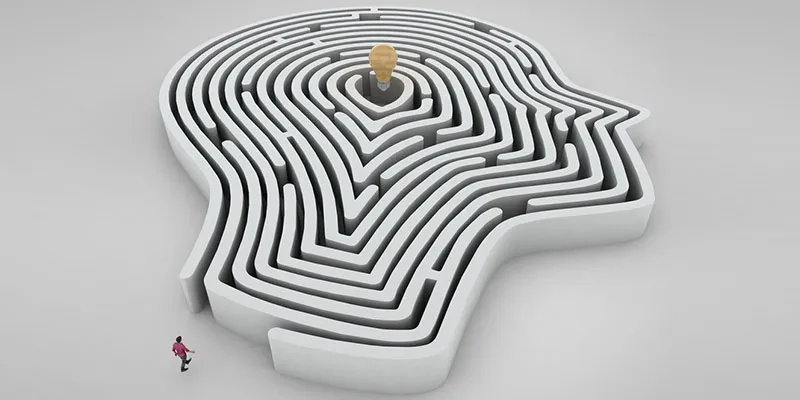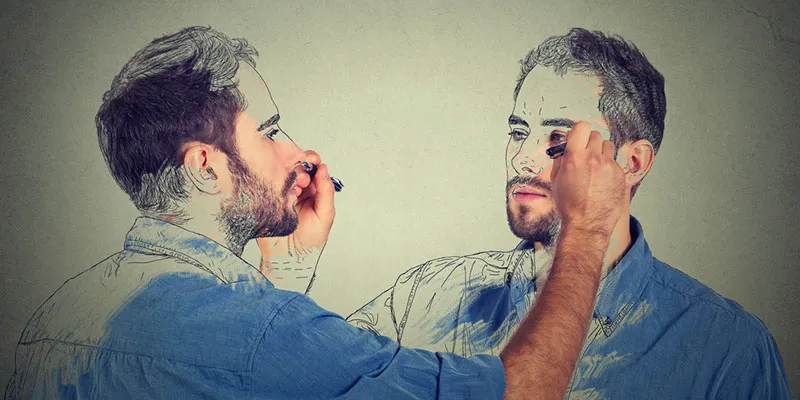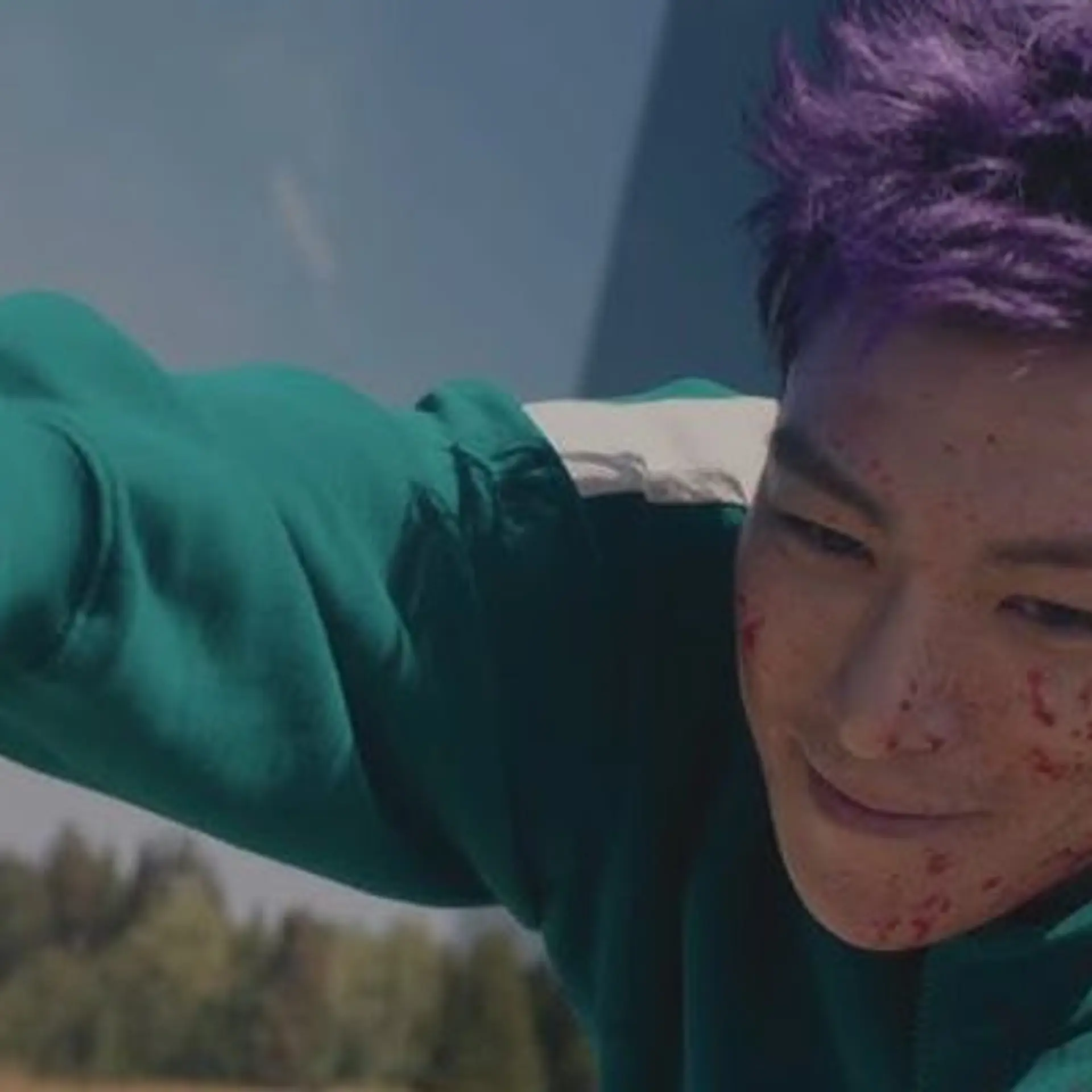Openness, randomness and acceptance of failure: 12 steps to creativity, by Michael Atavar
Creativity is an important driver of entrepreneurship and innovation, and is increasingly being recognised as something that can be analysed, researched, taught and practised.

“We all face creative blocks, but there are ways out of the impasse,” begins Michael Atavar, in his most recent book: 12 Rules of Creativity. The author is an artist and consultant who blends creativity with business, art and psychology (see more resources here). His other books include Everyone Is Creative; How To Be An Artist; and Better Magic - How To Have Creative Ideas in 24 Steps.
Here are my key takeaways and tips for entrepreneurs, artists and innovators from this compact 253-page book. See also my reviews of the related books Creative Confidence, Steal Like an Artist, and Creativity Now.
1. Open your eyes
Develop a practice of just looking and listening – at cars, mobile phones, and even sunsets. Describe what you see, in detail. “Creativity is the constellation of many forces – preparation, attention to detail, persistence and self-awareness,” explains Michael.
Encourage self-reflection and your own creative instincts. “Creativity will find you,” he says. Even in the digital age, pencils and drawings help the creative process. “A pencil is a magic wand that you can use to make things appear,” Michael says.
“Take a photograph or make a drawing every 24 hours,” he advises. Recording opens the door to tuning in. Keep a visual log, and try to find connecting narratives. Creativity responds to rigour and discipline.
You don’t have to live an ‘exciting’ life to be creative and see inspiration around you. “The everyday is intrinsically interesting,” assures Michael.
2. Prepare the space
A regular space should be used for the creative experience – this can be a room, desk or even a notebook. “Adapt the space you have. Make the basic content of your life a source of invention,” says Michael. Creativity is as much a process and attitude as a product.
“Don’t look outside for inspiration, rather find everything inside you,” he urges. You should be able to step out of this space and back in regularly. “Self-reflection is the goal of the creative process,” he adds.
This can also be expressed through painting, sketching, and even random dance steps. “Push yourself beyond what you are used to,” he advises. It is also important to get feedback from others. Expose your work to others. “Embarrassment is key,” jokes Michael, urging readers to be prepared for criticism and even ridicule.

3. Play
There is also a component of fun, play and even messiness in the creative process. “Creativity takes root in messy procedures,” says Michael, advising aspiring creatives to play like a child, see the world from a child-like perspective, and build a relationship with one’s playful side through the use of games and toys.
Start building things on the floor. Lying on the floor changes your worldview. Look at your past notepads and diaries as well; creativity is a method for investigating the self. Interview yourself and ask about your motto, philosophy, colours, numbers, and secrets, advises Michael. What would happen if you called yourself a director or film maker?
However, ideas are only the starting step: execution is as important. “Ideas form through action. If you don’t harness them, they will evaporate, disappear,” Michael cautions.
4. Use images
Images are powerful triggers for creativity, particularly for visual learners. “Use images as a creative shorthand. Don’t be concerned if you can’t draw,” assures Michael. Drawing helps engage with ideas and shape them, via form, colour and charts.
“Drawing is a highly effective technique for unlocking creative blocks,” observes Michael. See if you can draw dirt, mirrors, waves, gold dust, catapults and chocolate boxes. “If your creativity gets stuck, draw the problem – the feelings, conflicts, sensations,” he adds.
Does a rose reflect the beauty and thorniness of your current situation? Metaphors along with drawing encourage new pathways. Photographs can provide the spark for a project.
Other ways to unlock oneself from the present include standing under a waterfall, climbing a mountain to get a new view, travelling back in time, and even unlocking a barely used room.

5. Do the opposite
Disrupting oneself and one’s patterns can unlock new creative insights. “Use your outsider status as a tool. Don’t be intimidated by the mainstream. Original ideas come from the overturning of conventional values and opinions,” observes Michael.
See things in a different way. “Encourage your ability to find value in what others discard,” he says – this includes finding value in packaging, litter, junkmail, and even dust. Live your day backwards - even down to the meals, Michael jokes.
Give an idea a title, such as The Horizontal, or Process A. Switch places and roles. Edward de Bono’s Six Thinking Hats offer useful insights in this regard. “Novelty is a place where innovation happens,” explains Michael.
In the organisational setting, ask for regular suggestions and conduct think-tank sessions often. Use a creative object to get into the creative mood. Redecorate or shuffle the office. “Shift often to experience other registries, different modalities,” advises Michael.
Pay attention to the ambience, not just the central focus. “Scraps and portions, limits and boundaries – these are the material core of creativity,” he observes. There will be risk in such activities, of course – for example, via harsh criticism. It is important for creators to be aware of such opposition and protect one’s soft and vulnerable qualities.
“In the modern world, risk and play are commodities in short supply,” says Michael. It is therefore important to place emphasis on simplicity and instinct.
6. Develop failure
There will always be shadows, mists, phantoms and even mistakes along the creative journey, but all of them are instructive. “Allow yourself to make mistakes. Be inspired by risk-taking,” says Michael.
Keep moving, and have a conversation with yourself as you move through a series of possible futures that include failure steps. Children create make-believe trumpets from paper, but don’t see them as mistakes.
“Any product that you make is simply an amplification of you,” says Michael. It is, therefore, important to invest in creative and mundane activities, and become self-aware of one’s own processes along the journey.
Other perspectives and viewpoints help in interpreting success or failure. “Choose an unpredictable new collaborator,” jokes Michael; let them examine and remake your work.

7. Check-in
Listen to yourself. Take a no-computer day, advises Michael. “Create a listening space inside you. Find time for this inner resource every day,” he adds. Use this as a daily compass.
Describe your emotional state using colours and metaphors. Ask for what you want. Make a ‘wall’ of your obstacles and see how you can bust them one by one.
Even in the digital age, it helps to do physical things. Let your work sit for a while. Set mini-projects, for example, for one 24-hour period. Some of these will need to be abandoned along the way. “One of the paradoxical elements of creativity is that the work we have so lovingly crafted often needs to be destroyed in order to move forward,” cautions Michael.
8. Use colour
Colours and shifts of colouring schemes also jiggle the creative muscle. Use colour to bypass static thinking, and invoke the child-like impulses of different colouring materials, advises Michael.
9. Converse with creative blocks
Despite these techniques, blocks can continue to emerge. Talk to your creative blocks, have a dialogue with them, and remove the lines between you and your blocks. Draw the blocks, take them to the supermarket, ask how them how they feel, jokes Michael.
“The block is always the answer to the block,” he says intriguingly. Change your name and act like a different persona: Confucius, Mother Teresa, and even ‘anonymous.’ Travel alone, unseen. Alternate between the visible and invisible, between excitement and boredom. “Boredom is a very helpful quality,” says Michael.

10. Randomise
Random elements and stimuli jolt you into new creative states of mind. Add unpredictability to your work; work with chaos. Create phrases from random words. Throw the dice.
“Innovation always comes out of misunderstanding,” jokes Michael. Accidental poetry can help here, and even turning things backwards or upside down.
11. Copy nature
“Observe nature, slow down and take a breath,” advises Michael. Much has been written about bio-mimicry and its impact on innovation, such as velcro. “Nature is a doorway,” he observes. Draw nature and its variability – in cloud, vapour, light, and even dirt and empty space. “Nothing is a very powerful tool,” Michael jokes.
The journey of looking and losing, of gaining and returning, is essential to creativity. Try doing things differently – such as use your left hand if you are a right-hander. Try a blindfold, crutches, or wheelchair to understand difference. Pick random words from the Bible, guidebook or thesaurus to trigger new thoughts.
12. Lose the ego
Slow down your turntable, advises Michael. Instead of being the lead, be the assistant. Work with different groups, and write down what creative elements are missing in you.
Write down indecipherable phrases (‘7.12’) and try to figure them out. Tap informal networks.
Flashback to what interested you earlier. You may end up stumbling upon the solution from a backward glance, an accidental slip-up, a mismatch, or a surprising source.
Dream in a ‘half-asleep, half-awake’ way. Choose a random book, TV channel, radio station, or old magazine to depart familiar territory.
To wrap up, some of the material in the book is repetitive and puzzling; more rigour, references and case studies would have helped, but the book is an intriguing guide to creative behaviours.
In sum, creativity is a lifetime’s work. “The revelation of ourselves is the catalyst,” explains Michael. You must devote enough time, resources, and space to your creative capacity building. “You are the output,” sums up Michael.








